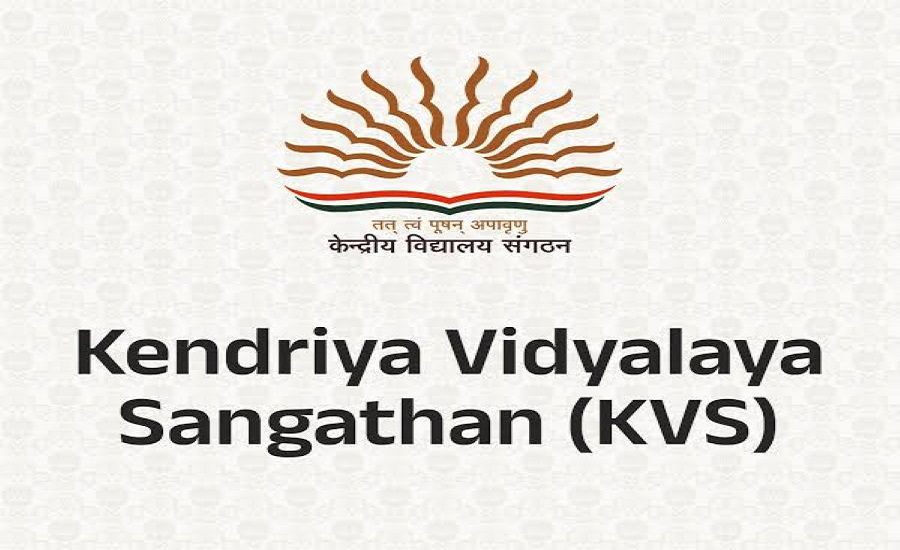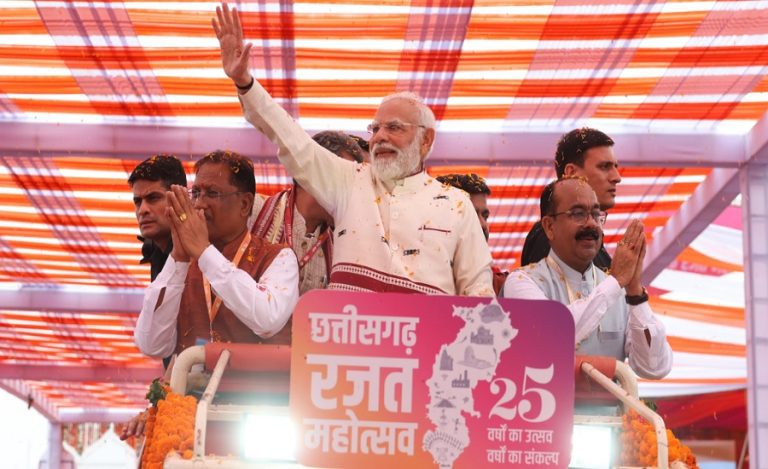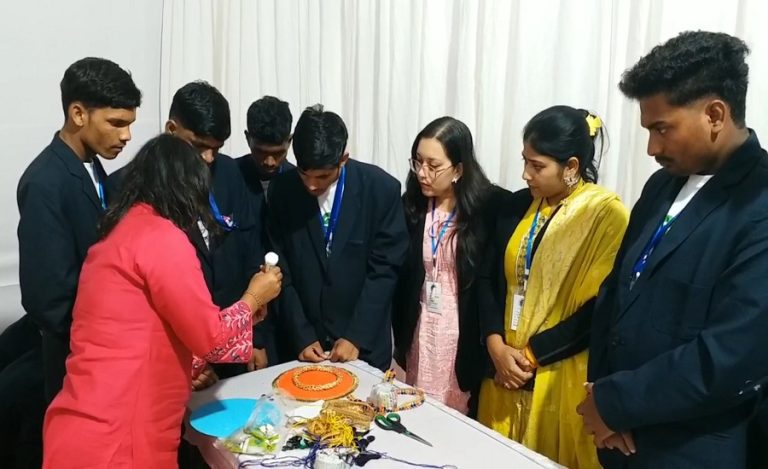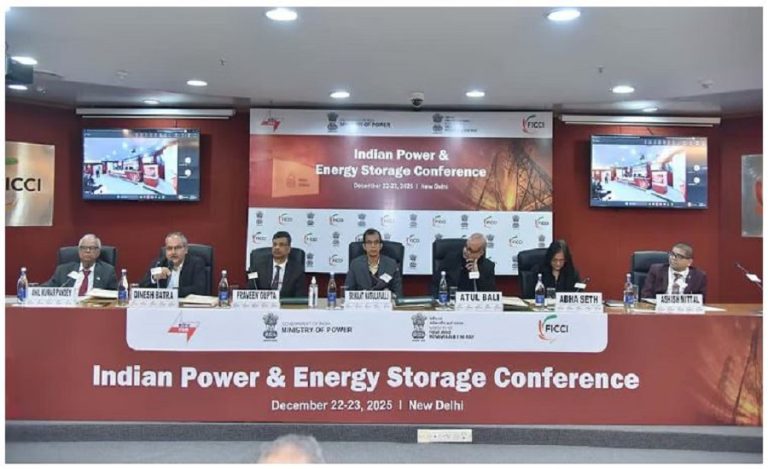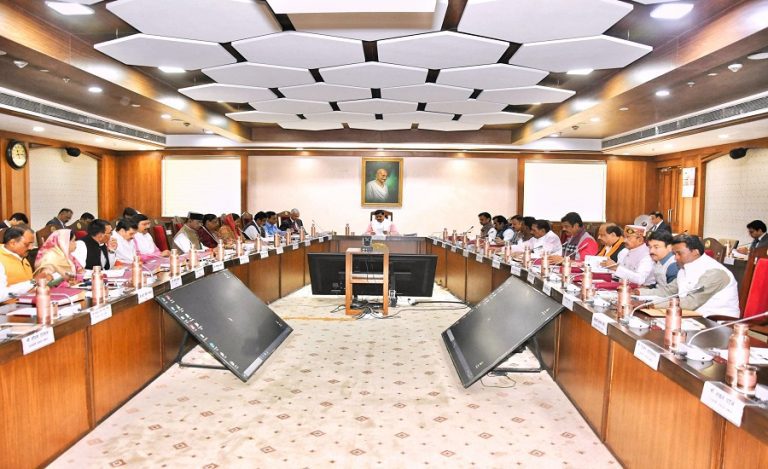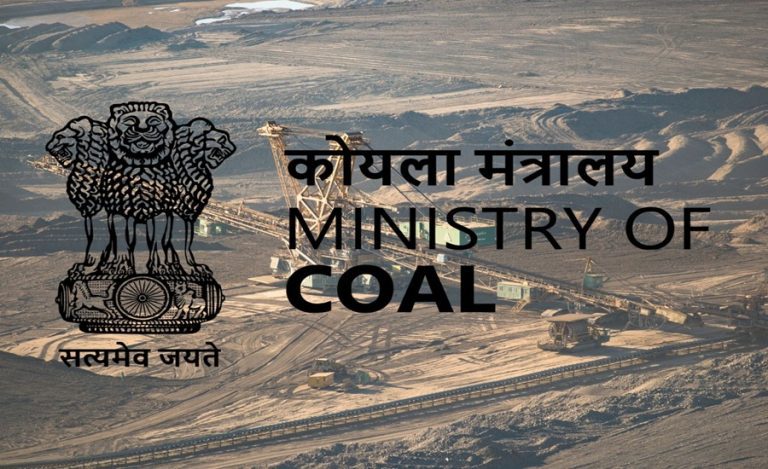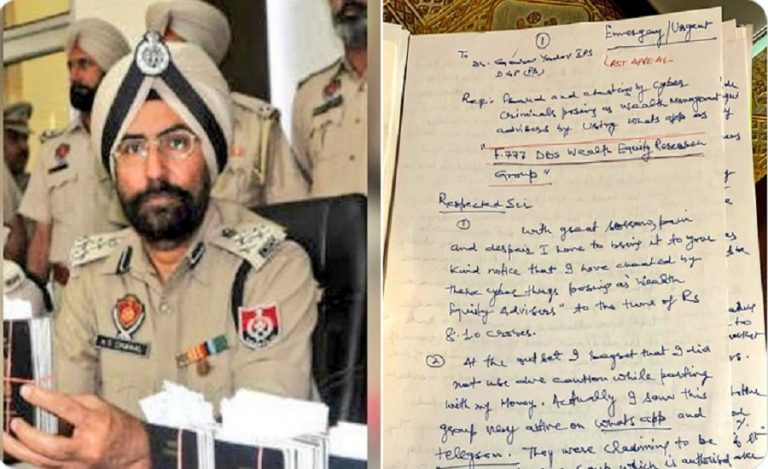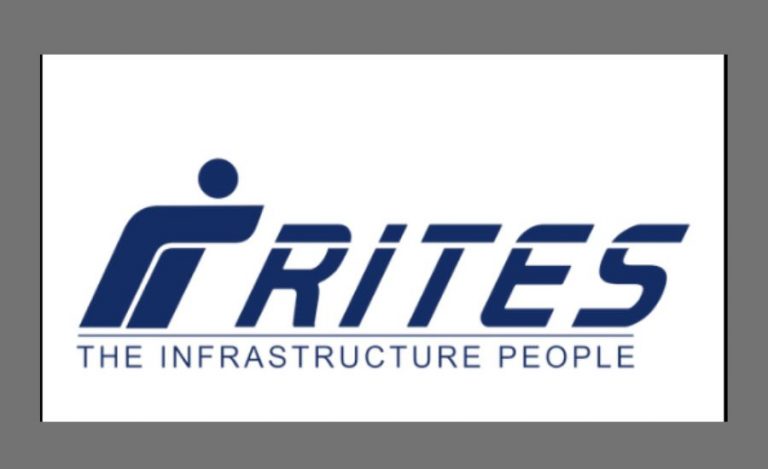New Delhi: In a major push to expand access to quality public education across India, the Cabinet Committee on Economic Affairs (CCEA), chaired by Prime Minister Narendra Modi, has approved the establishment of 57 new Kendriya Vidyalayas (KVs) under the civil sector with a financial outlay of ₹5862.55 crore, spread over nine years starting 2026–27.
This strategic expansion aims to address the educational needs of the children of Central Government employees, especially in underserved, aspirational, and geographically challenging regions.
Balvatikas Introduced for the First Time in New KVs
Marking a significant shift, these 57 newly sanctioned Kendriya Vidyalayas will include Balvatikas — pre-primary classes forming the three-year foundational stage — in line with the National Education Policy (NEP) 2020. This is the first time Balvatikas are being formally included at the point of KV establishment, underlining the government’s commitment to foundational learning.
₹5862 Cr Allocation and Infrastructure Plans
The total estimated budget includes:
- Capital Expenditure: ₹2585.52 crore
- Operational Expenditure: ₹3277.03 crore
Each KV is planned to cater to approximately 1520 students, translating into a total beneficiary student strength of 86,640 across 57 schools.
To implement this, 4617 direct permanent jobs will be created, with each school employing 81 staff members. In addition, large-scale construction and infrastructure development is expected to generate significant indirect employment for skilled and unskilled workers.
Balanced Pan-India Coverage Across 17 States/UTs
The 57 new Kendriya Vidyalayas have been strategically distributed, taking into account geographic representation, strategic importance, and underserved regions:
- 20 KVs in districts with no existing KV presence
- 14 KVs in Aspirational districts
- 4 KVs in Left-Wing Extremism (LWE)-affected districts
- 5 KVs in North East Region (NER) and hilly areas
- 7 KVs sponsored by the Ministry of Home Affairs
- 50 KVs sponsored by States/UTs
This follows the previous sanctioning of 85 KVs in December 2024, continuing the government’s commitment to bridging regional education gaps.
Kendriya Vidyalayas: Premier Institutions of Public Education
As of June 30, 2025, there are 1288 functional KVs, including three abroad (Moscow, Kathmandu, and Tehran), with a total enrolment of approximately 13.62 lakh students.
KVs have consistently outperformed other school systems in CBSE board examinations, known for their innovative pedagogy, NEP-aligned curriculum, and modern infrastructure. Currently, 913 KVs are already designated as PM SHRI Schools, serving as model schools under NEP 2020.
Key Outcomes of the Cabinet’s Approval
- 57 new KVs to be opened across 17 States/UTs
- ₹5862.55 crore outlay over 9 years
- 86,640 students to benefit
- 4617 direct jobs created in teaching and administration
- Enhanced access to quality education in underserved and aspirational districts
- Integration of NEP 2020 reforms through Balvatikas from the foundational stage
Promotion of regional inclusivity and national integration through educational infrastructure

